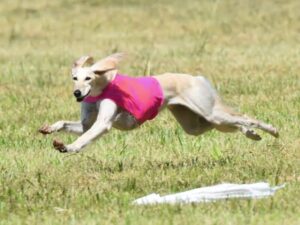
Lure Coursing with a Saluki
Follow Sophie’s remarkable journey in AKC Lure Coursing as a Saluki, showcasing the importance of evaluating sighthounds’ performance.

Home » Dog Sports » Lure Coursing Dog Sport
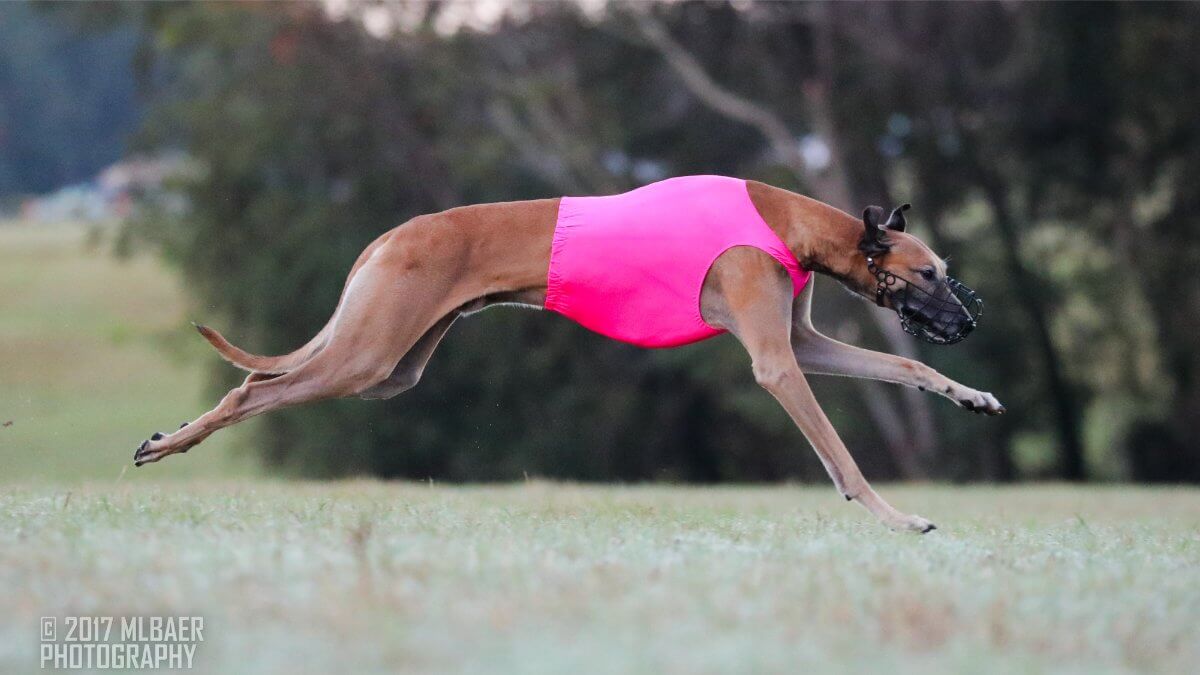
Lure Coursing is a thrilling sport where dogs chase an artificial lure across an open field. Originally designed for sighthounds, the sport now welcomes fit and functional dogs of several additional breeds. The key to this popular sport is the dog’s natural instinct to chase, which this event channels into a safe and controlled activity.
At competitions, dogs are judged on their speed, agility, and enthusiasm as they follow a course that mimics the unpredictability of chasing live prey. The sport not only provides a physical workout for the dogs, it also offers a mental challenge that stimulates each dog’s natural instinct to chase.
Lure Coursing is also an engaging spectator sport. It appeals to a wide audience, especially people who love to watch a dog run at full-speed. This action-packed activity showcases the grace and speed that many dogs naturally possess, and it offers an opportunity for greater understanding of one of the domestic dog’s natural behaviors; the strong desire to chase anything that moves.
Lure Coursing has its origins in the ancient practice of coursing, where sighthounds were used for hunting by virtue of their exceptional speed and keen eyesight. Historical records indicate that coursing live game with hounds dates back to ancient Egypt, Persia, and later, in medieval Europe. The sport initially served a practical purpose, providing food and demonstrating the prowess of the hounds. Over time, it has evolved to become an exciting dog sport and recreational entertainment.
The modern version of Lure Coursing began to take shape in the early 20th century. The shift from live game coursing to the use of artificial lures was driven by a growing awareness and concern for animal welfare as well as the practical challenges of using live prey. The first mechanical lures were simple, often just a bag or a rag tied to a string and manually pulled to simulate the movement of game.
The formalization of Lure Coursing as a sport is largely attributed to Lyle Gillette and his wife, Dorothy, in the United States during the 1970s. The Gilletes developed a more sophisticated mechanical lure system that allowed for greater control and variety in the coursing path. Their innovative device more effectively mimicked the unpredictability of chasing live prey and was instrumental for standardizing the sport and making it more accessible.
In 1972, the Gillettes founded the sport’s first organization, the Lure Coursing Enthusiasts Association. Their efforts led to the establishment of rules and organized competitions, laying the foundation for the performance event as it’s known today.
Lure Coursing gained significant momentum in the late 20th century, with national and international bodies recognizing it as a formal canine sport. The American Kennel Club (AKC) and the American Sighthound Field Association (ASFA) were among the first to include Lure Coursing in their competitive events. This recognition brought structured rules, standardized courses, and official titles and championships.
Today, Lure Coursing continues to evolve, embracing technological advancements in lure systems and expanding to include a wider variety of dog breeds beyond traditional sighthounds. It remains a celebration of the chase instinct of the eligible breeds, and it provides a safe and controlled environment for demonstrating this natural behavior.
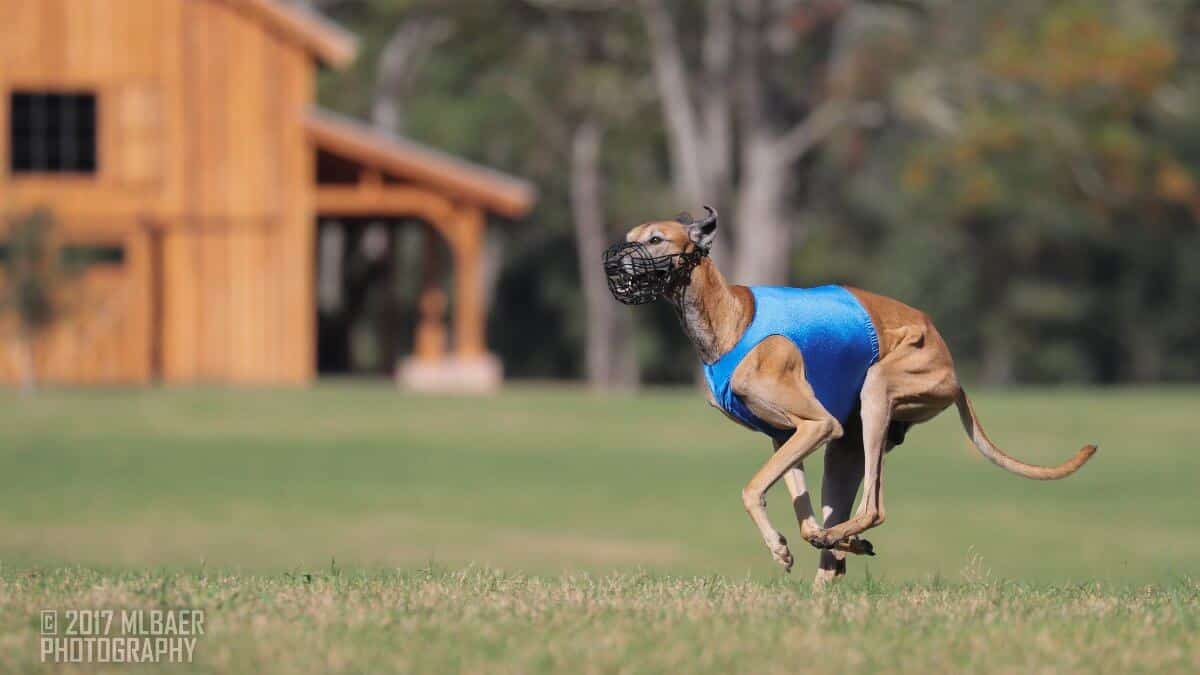
The primary objective in Lure Coursing is for the dog to chase an artificial lure across a field, following a course that simulates the unpredictable movements of prey. The sport tests a dog’s ability to sprint, change direction rapidly, and maintain focus on the moving lure. Unlike traditional racing, Lure Coursing is not just about speed; agility and the dog’s enthusiasm for the chase are equally important.
There are several key roles in Lure Coursing:
Lure Coursing is a sport that demands both physical and mental fitness from the dogs. Handlers play a significant role in preparing their dogs for the challenges of the course, while the judges and lure operators work together to provide a fair and exciting competition that is safe for all participants.
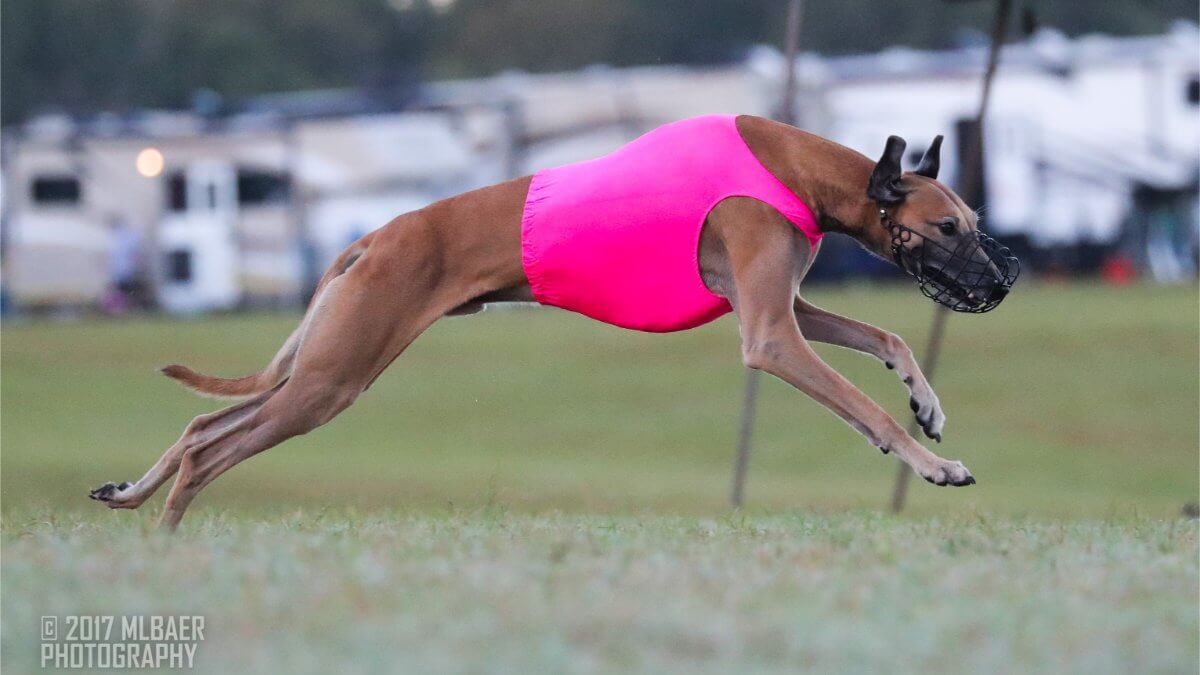
Traditionally, Lure Coursing has been associated with sighthounds. These breeds are known for their exceptional speed, keen vision, and strong chase instincts. Their rather aerodynamic forms and powerful legs make them natural contenders in the sport.
Lure Coursing, however, is not exclusive to sighthounds. Over the years, the sport has opened up to a few additional breeds that are eligible to compete, albeit with different running styles and motivations. Whatever the breed, dogs must be one year of age or older to compete. Spayed and neutered dogs are eligible to participate as are dogs with a Purebred Alternative Listing (PAL) or Indefinite Listing Privilege (ILP). Females in season and monorchid/cryptorchid males are ineligible to participate.
The following recognized breeds are eligible to compete in Lure Coursing:
*This breed may compete for suffix titles only in AKC Lure Coursing events.
The key attributes for a dog to excel in Lure Coursing include:
For sighthounds, the sport of Lure Coursing is a natural extension of their inherent traits. Nevertheless, careful training and assessment are necessary to make sure each dog can participate safely and enjoyably.
Owners of eligible breeds who are interested in Lure Coursing should consider their dog’s conformation, physical health, and temperament. It’s important to note that while the sport is physically demanding, it should always be a fun and positive experience for the dog.
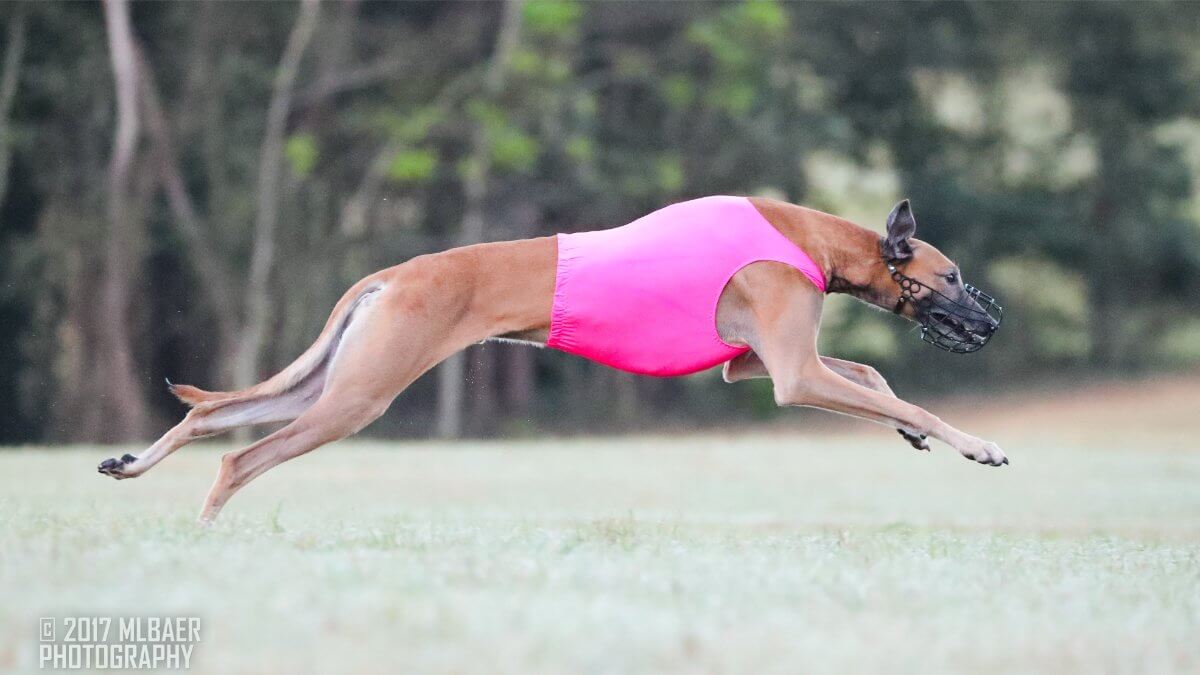
The primary equipment used in Lure Coursing includes:
Lure coursing machines vary in complexity and design. Some key types include:
Safety is paramount in Lure Coursing. The equipment should be regularly inspected and maintained to make sure it operates smoothly and poses no risk to the dogs. Key considerations include:
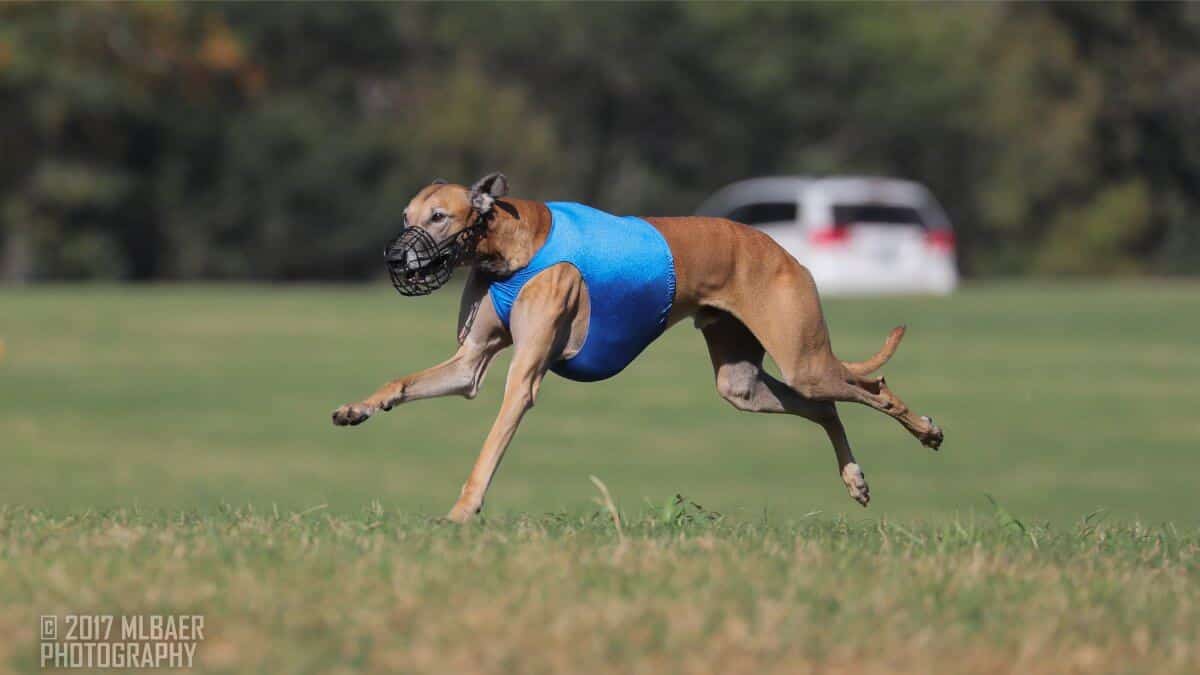
Setting up a course is a critical aspect of Lure Coursing, requiring careful planning to balance the excitement of the chase with the safety of the participants. A well-designed course should mimic the unpredictability of chasing live prey while ensuring the safety of the dogs. Key elements include:
For professional competitions, setting up a course involves:
For casual training or home enjoyment, a simpler setup can be used:
Regular maintenance of the course and equipment is crucial. This includes checking the condition of the lure, ensuring the pulleys and line are functioning properly, and inspecting the course surface for hazards.
Setting up a course is a process that requires attention to detail and a focus on safety. Whether for professional competitions or home enjoyment, the course should provide an exciting and stimulating environment for the dogs, while prioritizing their well-being at all times.
As Lure Coursing has grown in popularity and recognition, a variety of organizations have emerged to support, regulate, and promote this dynamic dog sport. These bodies range from those dedicated solely to Lure Coursing to broader canine associations that include Lure Coursing among their range of activities. These organizations are instrumental in standardizing Lure Coursing events, establishing guidelines, and nurturing the community of enthusiasts and participants.
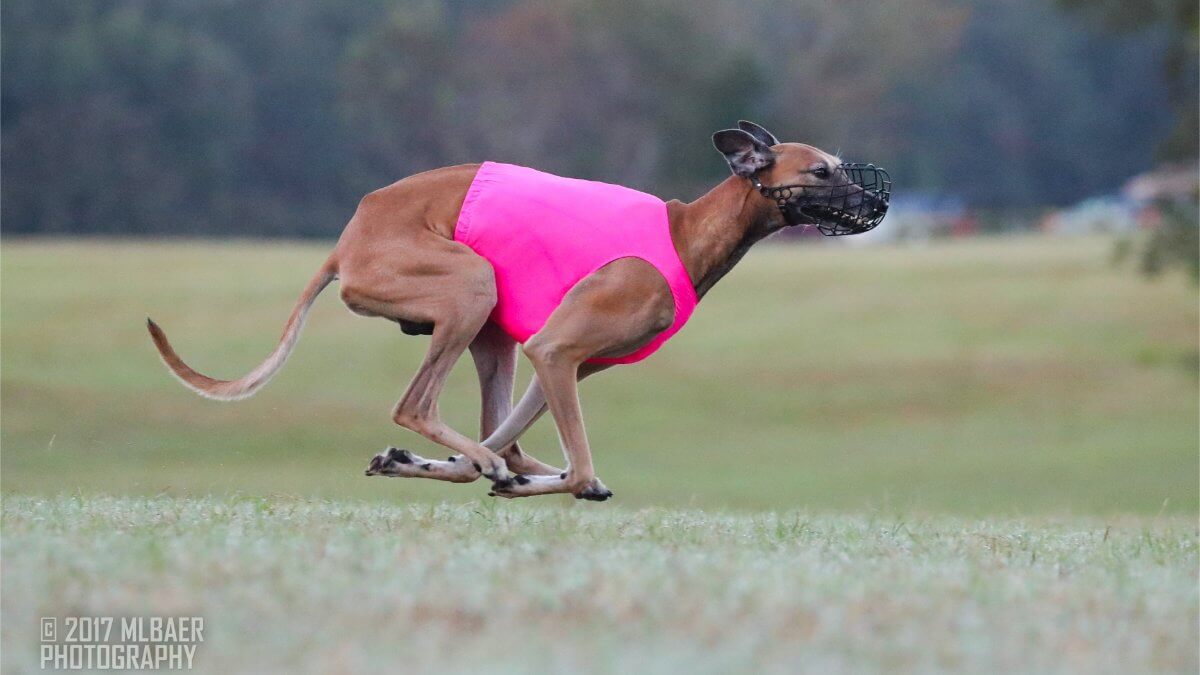
Training a dog for Lure Coursing is a multifaceted process that involves enhancing both physical abilities and mental acuity. It’s not just about developing a dog’s speed and agility; it also involves honing each dog’s focus and chase instincts, ensuring it is ready for the unique challenges of the sport.
The journey to Lure Coursing begins with Basic Obedience training. This foundational step is crucial for safety and control during competitions. Alongside this, physical conditioning is gradually introduced with a focus on strengthening each dog’s endurance, speed, and flexibility. These early stages of training also involve nurturing the dog’s chase instinct, initially using simpler or slower-moving lures to build interest and focus.
As the dog becomes more comfortable with the basics, training progresses to more advanced techniques. This includes introducing the dog to the actual lure used in competitions, allowing the dog to become familiar with the lure’s movement and speed. Simulating real course conditions plays a significant role during this stage, helping the dog learn how to navigate turns and straights efficiently and confidently.
Training also involves specialized exercises aimed at improving the dog’s sprinting ability as well as its agility. Speed and agility drills are incorporated into the routine, challenging the dog to change direction quickly while maintaining a steady pace.
Mental preparation is an integral part of Lure Coursing. Dogs must learn to focus on the lure, despite distractions, and maintain their composure in the stimulating environment of a competition. This includes exposure to different settings and situations, making sure the dog remains confident and focused regardless of any external factor.
Managing overexcitement is a common challenge in training for Lure Coursing. Trainers work to balance the dog’s enthusiasm with the need for control and focus. For some dogs, overcoming initial fear or nervousness related to the equipment or the competitive environment is necessary. This is addressed through gradual exposure and positive reinforcement, building the dog’s confidence and comfort level.
An essential aspect of training is monitoring a dog’s health and fitness. Regular health checks ensure the dog is in optimal condition for the physical demands of Lure Coursing. Adjustments in training routines are made as needed to prevent injury and manage fatigue.
Training for Lure Coursing is a comprehensive and ongoing process. It not only prepares the dog for the physical and mental demands of the sport, it also ensures its well-being and fosters enjoyment. A well-prepared dog is more likely to perform successfully and find pleasure in the thrill of the chase.

Follow Sophie’s remarkable journey in AKC Lure Coursing as a Saluki, showcasing the importance of evaluating sighthounds’ performance.
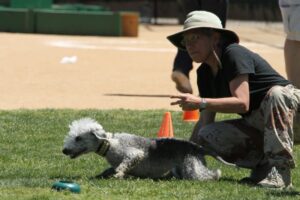
Learn about Lure Coursing and unleash your dog’s prey drive. Discover conditioning and care for safe participation in this exciting sport.
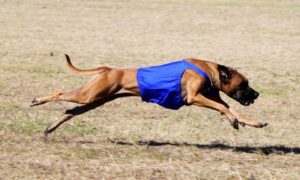
The 2023 AKC National Lure Coursing Championship will be held December 1-3, 2023, in Ardmore, Oklahoma, at the Wilkinson Ranch. Read more.
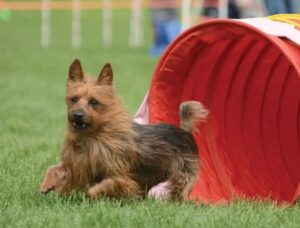
Explore the various Performance events you can participate in with your fast, agile, fearless, and self-confident Australian Terrier dogs.
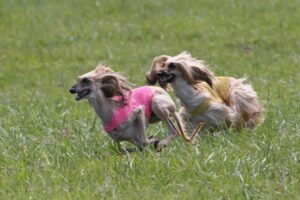
Eddie & Dr. Selma Kominek are the breeders behind Kominek Afghan Hounds. Read about the kennel’s beginnings, lure coursing, photos and more!
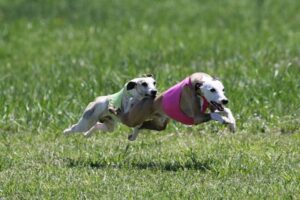
Explore the sport of Lure Coursing and find out what combination of characteristics makes the Whippet breed among the best for the sport.
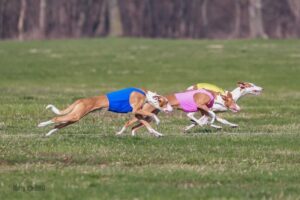
Lure Coursing Trial is one of the many Performance events Ibizan Hounds excel at. Learn more about the sport and the organizations behind it.

"*" indicates required fields
Showsight Magazine–the world’s most influential purebred dog publication since 1992. Each issue reaches a global audience dedicated to preserving the history and health of purpose bred dogs. Filled with award-winning editorial focused on news and insights from the dog show community, top breeders, handlers, AKC Judges, and more!